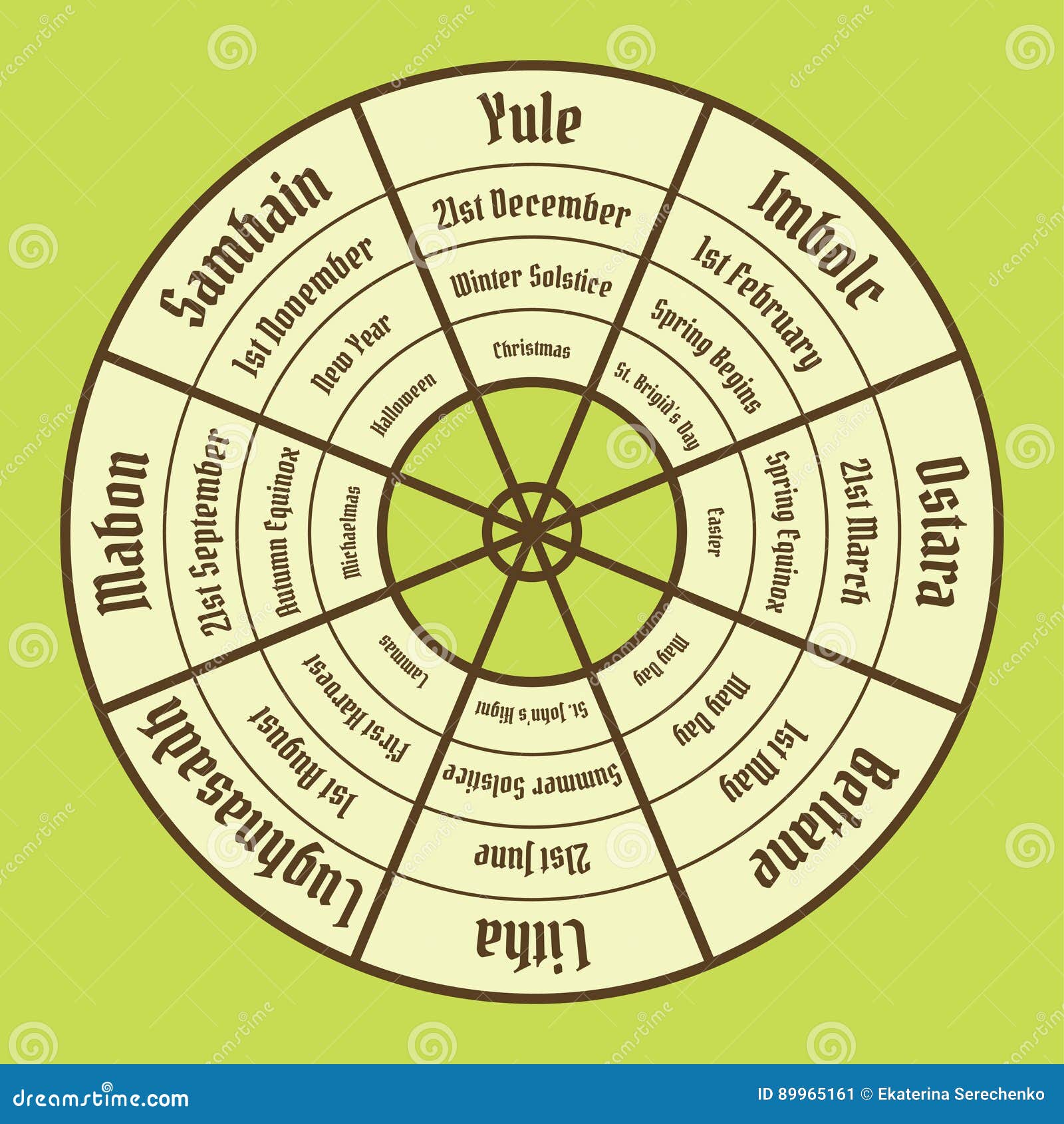
Much of this day is grounded in the seasons-estimating how soon spring-like weather will come and when to plant the crops. It was also called Brigantia for the Celtic female deity of light, calling attention to the Sun being halfway on its advance from the winter solstice to the spring equinox. Originally, this day was called Imbolc (lambs’ milk) because the lambing season began. For the ancient Celts, these signaled the beginning (not middle) of a season, with the major two divisions being winter (Samhain), starting the dark half of the year, and summer (Beltane), starting the light half of the year February 2, CandlemasĬandlemas acquired its English name from the candles lit that day in churches to celebrate the presentation of the Christ Child in the temple of Jerusalem. These days marked the midpoint between each solstice and equinox. Farm workers were usually paid for their year’s labor at Christmas, giving them reason to celebrate and three months rest before the next season. The Celtic rituals merged easily with the Christian celebration of the birth of Jesus. This observance originated as a winter solstice festival and celebrated a time of resting and gathering fertility for a new round of sowing and reaping. Elections came to be shifted to November in the American climate, where the harvest season was more stretched out. This started the custom of early autumnal elections, because it was a convenient time for people to gather.

ArtesiaWells/Getty Images September 29, MichaelmasĪround the time of the fall equinox, the harvest commenced on this day, and there were great fairs and festivals.

Image: A Midsommar celebration in Stockholm, Sweden. John the Baptist is celebrated exactly six months before that of the celebration of Christ’s birth.) Folks celebrated by feasting, dancing, singing, and preparing for the hot summer days ahead. (The English church later celebrated this day as the birthday of John the Baptist, who foretold the coming of Jesus. (In the church calendar, this day became the feast of the Angel Gabriel’s annunciation to the Virgin Mary that she would be the mother of Christ.) June 24, Midsummer DayĪround the time of the summer solstice, this day was the midpoint of the growing season, halfway between planting and harvest. March 25, Lady DayĪround the time of the spring equinox, Lady Day became the traditional day for hiring farm laborers for the planting and harvesting seasons ahead. This fit eadily into the rhythm of the ways people farmed.Īs the 12-month Roman calendar was adopted for both civil and religious purposes, all of the Celtic days began to conform more closely with the liturgical year of the Christian church and became identified with major religious festivals. The days that marked the four major divisions of the year were called Quarter Days they marked the solstice (when the sun sets at its most northern or southern point on the horizon) and equinoxes (when the sun sets due west).



 0 kommentar(er)
0 kommentar(er)
